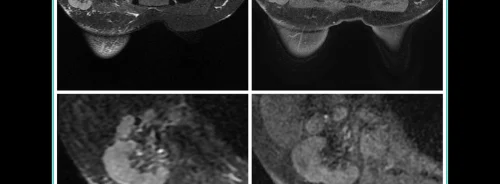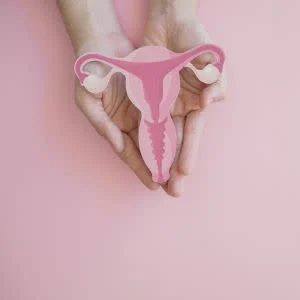The human papillomavirus causes more than 95% of cervical cancer (HPV), mostly due to HPV types 16 and 18 (WHO, 2022).In recent decades, the scale-up of cervical cancer screening, HPVtesting, and the drive for HPV vaccinations have massively contributed to reducing cervical cancer incidence in high-income countries (2022).
New research, published in the International Journal of Gynaecological Cancer, analyses trends in cervical cancer using data from the United States Cancer Statistics programme from 2001 to 2018. The objective was to identify trends in stage IVA-B of cervical cancer (late-stage).
The results of this study demonstrate that overtime, there has been an annual increase of 1.3% in late-stage cervical cancer in the U.S.
The results demonstrate different rates of late-stage cervical cancer by age, race and region. For example, black women have a higher incidence of being diagnosed with late-stage cervical cancer, at a rate of 1.55/100, compared with White women at a rateof 0.92/100. Attention to geography and age show White women in the South aged 40-44 face the largest increase in late-stage cervical cancer at an annual rate of 4.5%.
In addition, White women have a higher rate of missed or fewer guideline screenings by nearly two-fold: 26.6% versus 13.6%. White teenagers aged 13-17 years have a 66.1% HPV vaccination rate, compared with other groups with a vaccination rate of 75.3%.
Despite these findings, the results conclude that Black women have higher rates of diagnosis with late-stage cervical cancer than White women. On an annual basis, however, there are more cases for White women than for Black women; White Women have a lower vaccination rate and attend fewer regular cancer screenings.
These results show that cervical cancer in the latestage is increasing, despite the fact that it is preventable through comprehensive public health approaches.
As long as cervical cancer is diagnosed early and managed effectively, it can be successfully prevented and treated through primary (HPV vaccination) and secondary prevention interventions (screening for, and treating precancerous lesions) (WHO 2022).
A decline in vaccinations and screenings plays a role in increasing a woman’s risk of developing late-stage cervical cancer. In addition, disparities in healthcare play a significant role; certain population groups, including black and Hispanic women, may have less access to healthcare facilities, contributing to their higher risk of late-stage cervical cancer.
For more Women's Health news Click here
Source: Prevention
Image Source:iStock
References:
World Health Organization (WHO). (2022) Cervical cancer.











